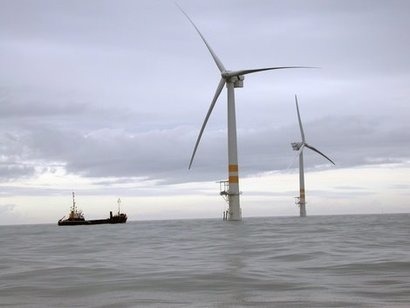
BAR, which has recently launched the BARTech 50 - a new low emission hull form design capable of long-distance offshore transfer - has pointed to the cost reduction and efficiency gains that can be made by chartering smaller SATV and CTVs to cover O&M requirements
At present the investment case for an SOV is approximately three times that for a CTV or SATV hull design, with the smaller vessels offering commensurately lower running costs. Similarly, the build schedule for an SOV may take up to several years, versus twelve months for a CTV or SATV.
Furthermore, the operational profile of SATVs and CTVs lends itself to more flexible conditions for engineers and vessel crews. As the industry seeks to address a skills shortage and bring on board new talent, it’s essential that it can provide attractive working conditions to technicians and seafarers alike.
“Despite the exponential growth of global offshore wind, and its undeniable future importance to decarbonised electricity, it is also an industry under enormous pressure” said John Cooper, Chief Executive Officer, BAR Technologies. “However, there are a number of ways that we can alleviate the cost pressures that, at present, new make investment cases harder. Indeed, some of our quickest wins can come from an evolution in vessel use in operations and maintenance activity, where we seem to be focussed on following an oil and gas programme of large vessels, likely carrying an excess of capacity needed for the task, working offshore for weeks on end. It’s our belief at BAR that while SOVs will never be replaced in construction, we can do things differently in operations and maintenance, reducing costs with low-emission hull forms utilised for either SATVs, or longer range CTVs. And, if we’re to secure the interest of the next generation of offshore wind engineers, we must do so in a way that offers twenty-first century working practices. This should be shaped around the flexibility of being able to offer shore return either daily or weekly.”
For additional information:

